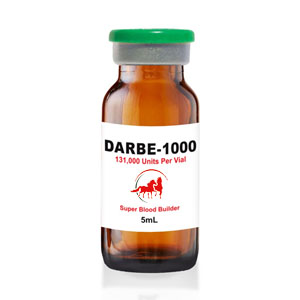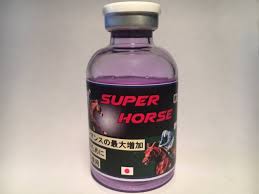EQUI-TRIM – EQUISYSTEMS – 450ML
Acute bacterial respiratory disorders (pneumonia, bronchitis, laryngitis, pleurisy, etc.) B) Urogenital disorders (nephritis, pyelonephritis, urethritis, cystitis, metritis, vaginitis.) C) Digestive disorders (enteritis, diarrheas, peritonitis, intestinal infarction, colitis X, neonatal diarrhea in foals.) D) Other: Actinobacillosis, septic arthritis, equine adenitis, omphalitis, osteomyelitis, etc.
COMPOSITIUM: Sulfamethoxazole 60 g Trimethoprim 12 g Excipients q.s. 100g.
PRESENTATION: Plastic containers with 250 g, 450 gand 700 g.
DOSAGE: The dose for adult horses (considering Sulfamethaxozole) is 50mg/kg live weight per day.For a practical dosage, calculate one level measure each 200 kg live weight every 12 hours.In cases of nursing foals, where the kidney has not got to its maximum functionality, the dose, regarding Sulfamethaxozole, is 30 mg./kg live weight/day, that is a 1/3 of the measure each 100 kg of live weight, every 12 hours. The loading dose (first dose) in adult horses (always regarding Sulfamethaxozole) is 100 mg/kg, and for nursing foals, 60 mg/kg.
EQUI-TRIM – EQUISYSTEMS – 450ML ADMINISTRATION: Oral administration only. The powder can be mixed with the food ration, but to avoid waste, it is better to mix it with water or honey and to administer it with a syringe directly in the mouth. Once mixed with any vehicle, the mix must be administered immediately.
CONTRAINDICATIONS AND RESTRICTIONS OF USE: Do not administer to horses with renal (non-bacterial) or liver conditions, or to those with history of hypersensitivity to any of the components of the product. It must not be combined with local anesthetics, procaine penicillin, sulfate of D-amphetamine, or chlorpheniramine maleate. It should neither be used in animals that might suffer blood dyscrasia.
To be used in sport horses. Do not administer to horses that might be used for human food consumption.





Reviews
There are no reviews yet.